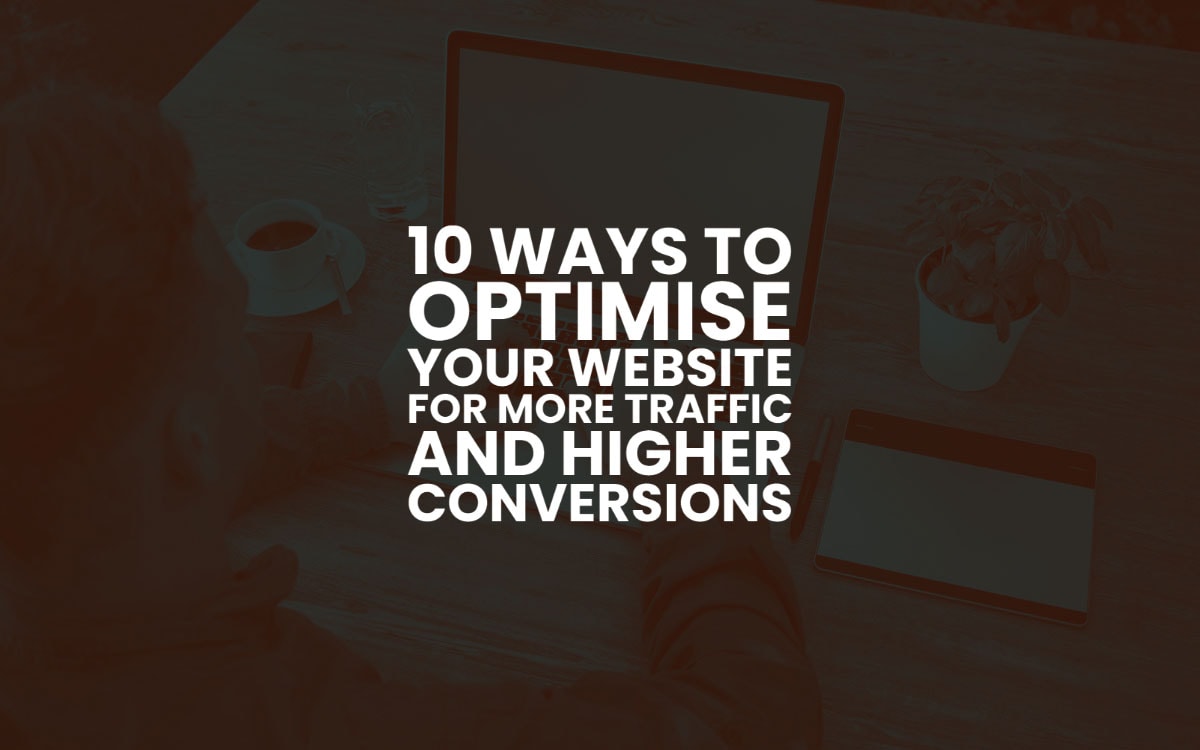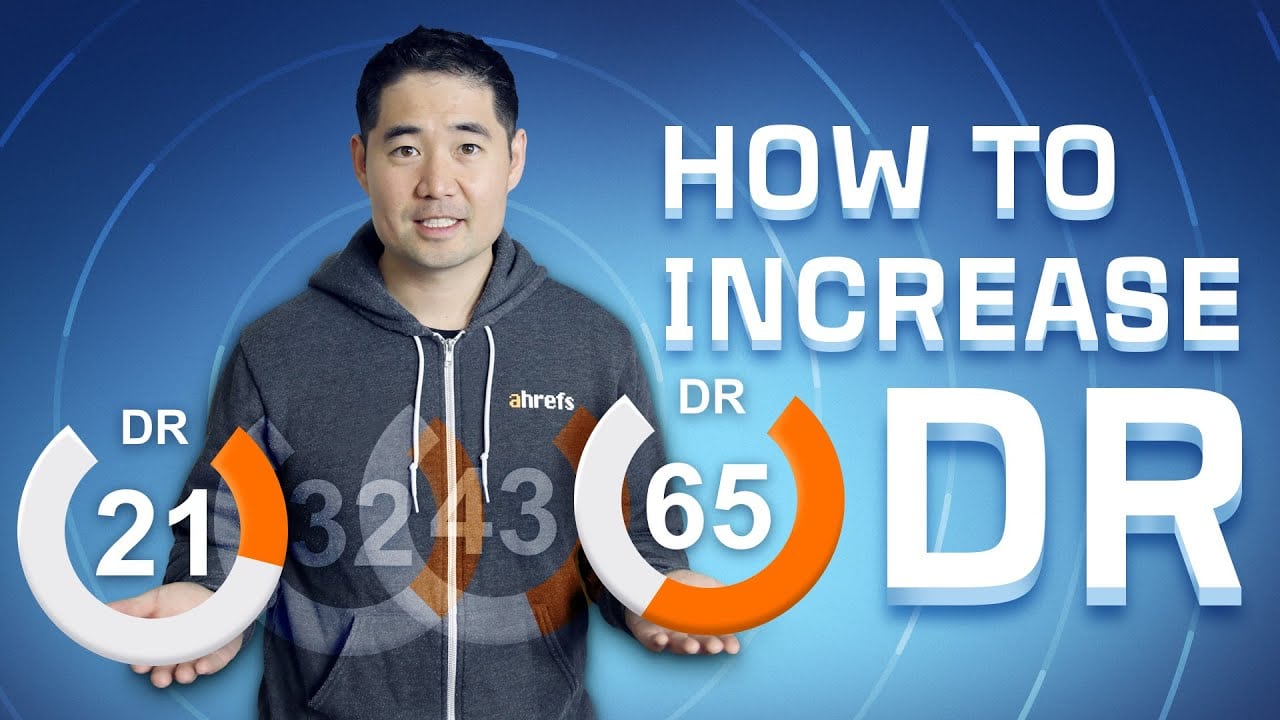
16 Feb 10 Ways to Optimise Your Website for More Traffic and Higher Conversions
10 Ways to Optimise Your Website for More Traffic and Higher Conversions
Nowadays, the online market has become increasingly competitive and even oversaturated.
Standing out in such an environment can be challenging at times.
This is especially true because well-established and well-funded companies tend to dominate the market in every sense of the word.
Fortunately, where there’s a will, there’s a way. Any company, no matter how big or small they are, can establish an effective online presence.
That will ensure a boost in organic traffic and better chances of improving their conversion rates.
The key is to optimise your website. So, what exactly is website optimisation?
Simply put, website optimisation is the process of improving the overall performance and functionality of your website.
You’re also enhancing its visibility, accessibility, awareness and exposure in the process.
As you may already know, consumers today have particular needs and expectations regarding browsing websites.
If your website doesn’t perform as well as it should, your website visitors will bounce off and go elsewhere.
That means a loss of potential customers, a drop in sales and ultimately revenue, and nobody wants that for their business, blog, store or whatever it is you use your website for.
With that in mind, here are a few ways to optimise your website for more traffic and a higher conversion rate:
1 – Fire away with SEO

Search engine optimisation (SEO) is a cost-effective marketing strategy that can put your website out there and place it at the top in the search results.
However, SEO isn’t just about digital marketing.
It’s also about tweaking your website’s performance to perfection. In other words, SEO encompasses various strategies that will help your website rank well with search engines, such as Google.
The fact of the matter is that it’s never too early to start with SEO.
It will take some time before you see viable results, and you’ll have to improve and polish your strategies in the process, anyway.
That said, here are the three primary factors you should focus on when optimising your website for search engines.
- Technical SEO: This strategy refers to technical aspects top optimise your website, such as website speed, page loading time, errors, broken links, security, navigation and so on.
- On-page SEO: This one refers to polishing your website’s content and pages. For example, creating SEO-friendly URLs, writing proper Meta descriptions, title tags, keywords, etc.
- Off-page SEO: This is the marketing part that has nothing to do with your website aside from promoting it. Off-page SEO includes strategies, such as content marketing, guest posting and link building.
The purpose of SEO and the strategies mentioned above is to ensure peak performance for your website.
That peak performance will, in turn, ensure consumer satisfaction and high rankings with the search engines.
Plus, it will organically promote your website. Organic traffic means more relevant and qualified leads that are more likely to convert.
By matching your keywords with user intent, you can lead consumers to your website and provide them with the best possible experience.
Furthermore, guest posting, link building and content marketing offer you relevance and domain authority, which can position you high as an industry expert on the market.
2 – Polish your web design
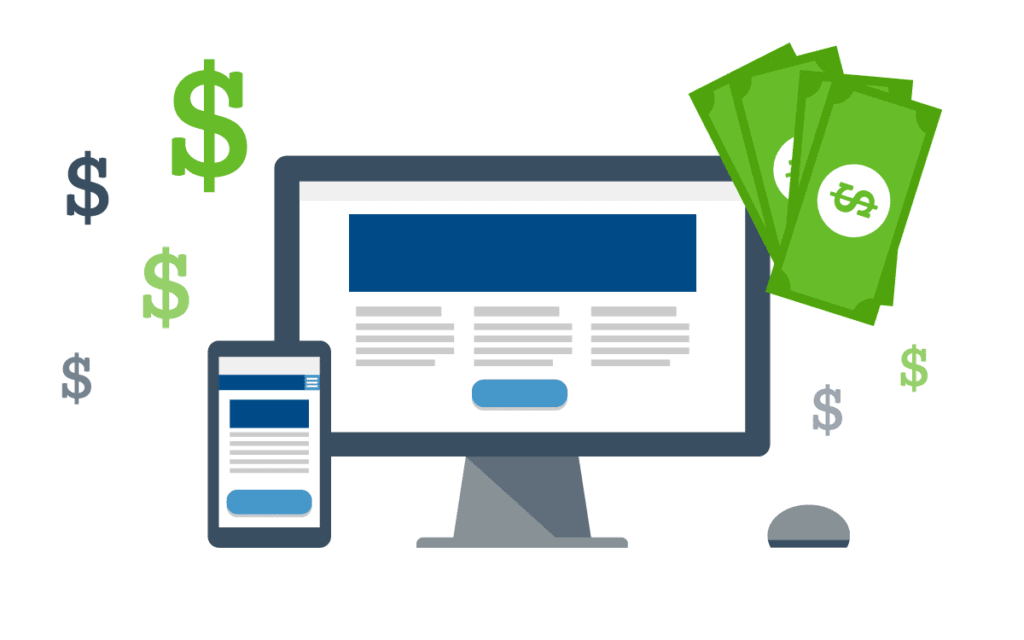
A great web design is professional, polished and easy to use. So looks matter too, not just performance.
It takes around 50 milliseconds for consumers to form a first impression of your website based on the design alone.
Therefore, in that split second, visitors will decide whether to stay or bounce off depending on what they see.
So, if you want more traffic and conversions, you’ll have to impress your visitors, to begin with.
A good web design can be tricky to achieve.
There are just too many factors that need revising, and it can seem daunting if you try it on your own. Your best bet is to look for professionals to help you optimise your website properly.
For example, if you operate in the US, you should consider looking for experts in your area. That said, your company is based in Miami, which means you should look up a local web design company.
When working with someone local, you can quickly negotiate and work together towards achieving a perfect design for your website.
3 – Optimise your Website for Mobile
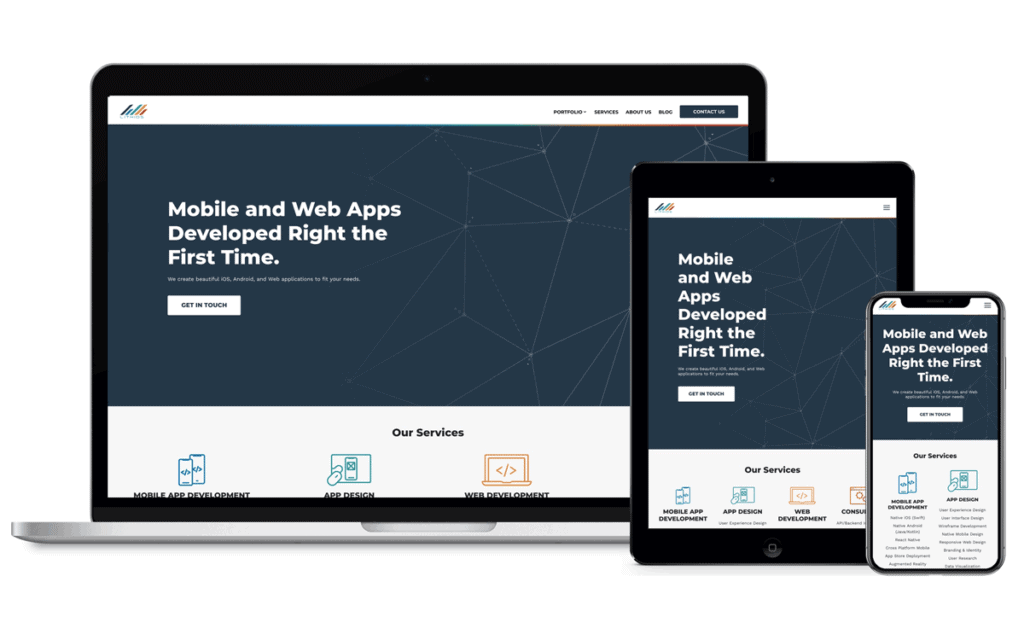
Mobile has surpassed desktop traffic a few years back, and it continues to rise each year. Most of us find it more convenient to use our smartphones to browse websites, and that’s why we do it a lot.
If your website isn’t mobile-friendly, you’re going to lose a lot of traffic and potential leads.
Moreover, even Google considers mobile as a priority, which is why they’ve introduced mobile-first indexing.
Even if your website isn’t mobile-friendly, you can fix that quite efficiently. Here are a few things you should do.
- Implement a responsive design.
- Use Accelerated Mobile Pages (AMP).
- Get rid of heavy content.
- Reduce intrusive ads.
- Get rid of unnecessary elements (i.e., replace Flash content with HTML 5).
- Use a mobile-friendliness tool to check if you’ve missed something.
4 – Optimise for voice search
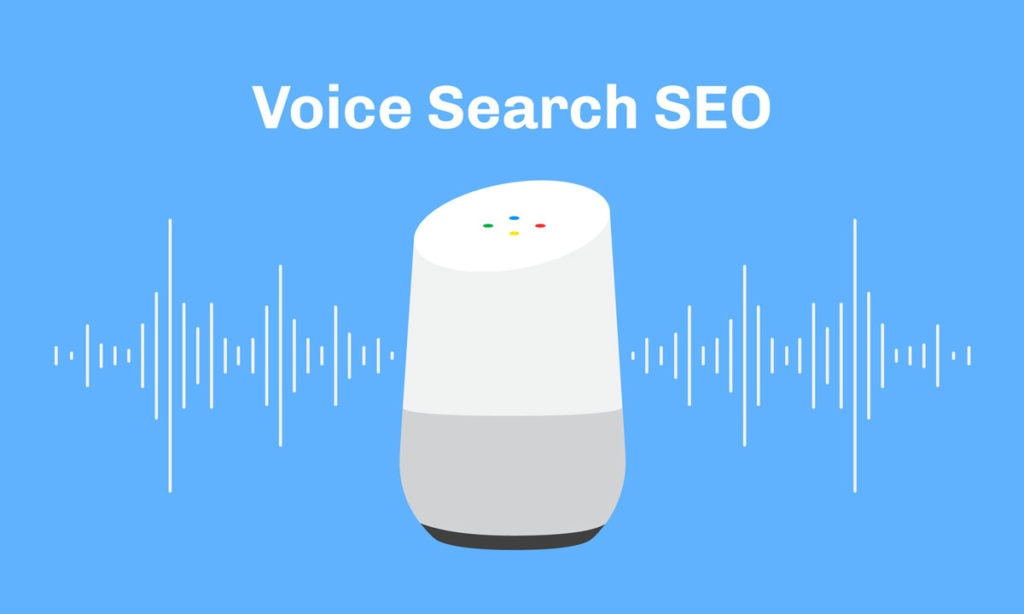
Voice search is yet another trend that’s on the rise. Aside from using smartphones for voice search, consumers also rely on voice assistants, such as Siri, Alexa, Cortana, Google Assistant etc.
People prefer to speak instead of type, which is more convenient for them.
This is another area where you can gain significant traffic and improved conversions, but only if you optimise your website for voice search the right way. Here are a few things to consider:
- Page loading time and website speed are quite relevant for voice search.
- People who prefer to speak will use longer sentences than when they type, so redesign your content to account for keywords, such as: what, where, how, when, who and why.
- Keep the answers short and simple – The average response for voice search should not be longer than 29 words.
- Optimise for local SEO – The majority of voice searches are local.
5 – Start a blog

Adding a blog to optimise your website can complement your efforts in ensuring more traffic and more conversions.
The fact of the matter is that marketers say content is king. There’s more than a good reason for that:
- Everyone globally consumes content.
- Content provides value to consumers.
- Content can entertain, educate and inform consumers about various topics.
Naturally, consumers are attracted to good content, and your blog can provide them with that.
However, you’ll have to ensure that your blog can deliver excellent content to your audience. Here’s an example:
- Make sure that your content is highly relevant to your audience.
- Try to solve a problem or address a pain point your audience has.
- Use various formats, such as images, videos, infographics etc.
- Keep your content fresh and original.
- Repurpose old content and give it a new form.
According to Google, content is one of the most important ranking factors when it comes to SEO.
Moreover, you can use your blog’s content and promote it on other websites, social media and other channels to attract more followers and potential leads.
6 – Build Authority
Exposure is quite essential when it comes to attracting more traffic and improving your conversions.
However, if you want good exposure, you’ll have to build authority for your website. So, what does that mean?
Website authority, otherwise known as “domain authority” (DA), is the ability of a website to rank high on SERPs (Search Engine Results Pages).
Various factors influence the domain authority, but the most notable one is exposure.
The higher your DA is, the more visible and relevant your website becomes.
In the beholder (consumer) eyes, websites that show up on the first page of search results are worthy of their time and attention. So, here are a few ways to build authority for your website.
- Guest post on other relevant websites with a high DA.
- Be active on social media and share your content there.
- Create high-quality backlinks to appropriate sources.
- Link internally whenever possible.
7 – Leverage email to your advantage
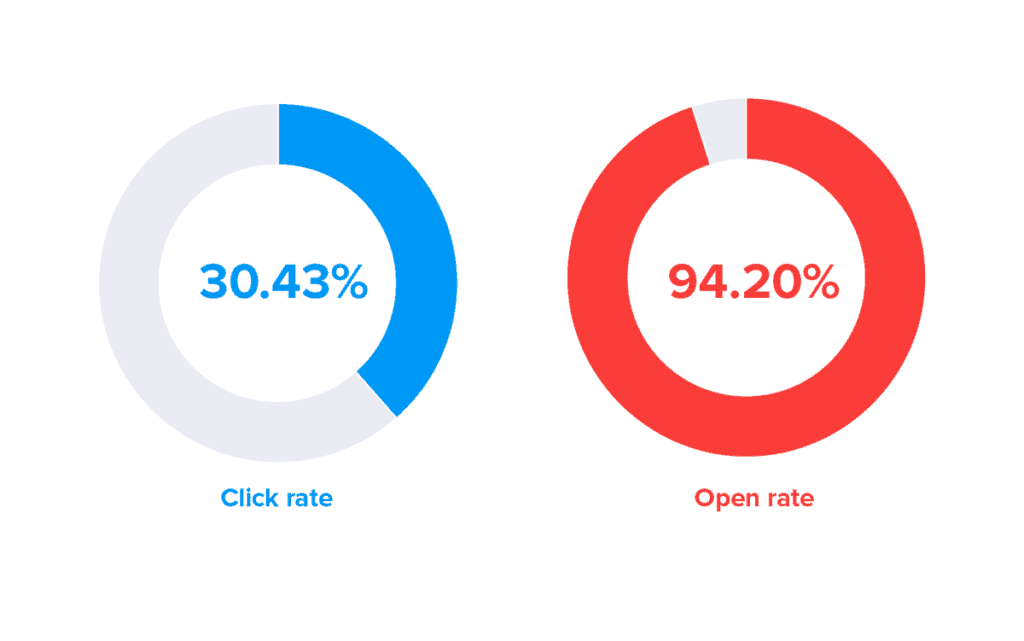
Email marketing is still one of the most effective methods out there, even though many experts argue about whether email is becoming obsolete or not.
While experts argue, companies make a profit from email. When it comes to boosting your conversion rates, email can be of great assistance.
For example, encouraging visitors to subscribe to an email newsletter can help you classify your leads based on their interests, thus segmenting your email list.
Moreover, you can re-target consumers with promotional offers, discounts and coupons to bolster their engagement.
Last but not least, email offers many personalisation options you can use to nudge leads in the right direction or towards converting.
8 – Website personalisation

Personalisation plays a vital role in consumer experience these days.
Personalising your website to improve customer or user experience can significantly bolster your traffic and conversion rates.
Of course, personalisation refers to having a web design that complements your brand. It also refers to providing users with personalisation features.
To use personalisation to your advantage, gather information about your users while still respecting their privacy.
When you’re transparent about your intentions, consumers are more willing to disclose personal information about themselves.
Furthermore, here are a few things you can do with that information to enhance personalisation and optimise your website:
- Create buyer-specific content – You can create personalised content and messages by following your users’ preferences, needs and expectations.
- Create location-specific content – You can use geo-targeting to supply your users with information about the best local deals and news, thus further boosting their engagement.
- Create dynamic images – Real-time images of products are what users are interested in. You can create such images from all angles and corners to portray your products in the best way possible. That way, users can see what they’re willing to spend money on and decide whether to opt for a product or not.
9 – Use testimonials to your advantage
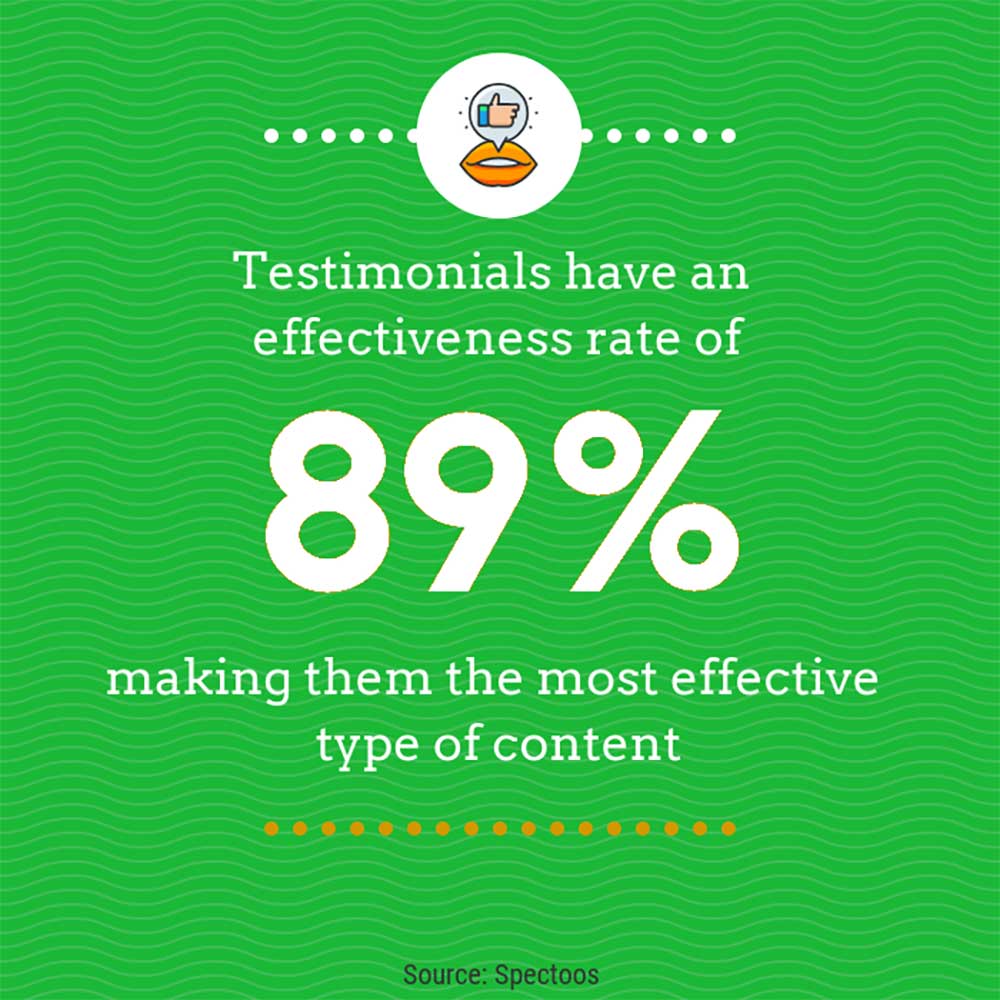
This tactic may seem like it has nothing to do with optimising your website, but it does.
Customer testimonials are an essential part of your website that visitors often look for the first time they land on your site.
You see, customers trust other customers more, and that’s an undeniable fact.
You can use it to your advantage, though, to boost conversions and improve traffic.
Happy customers are willing to leave positive reviews, and 91% of online consumers read these reviews.
You will often have to encourage your customers to submit testimonials by offering an incentive or a referral program.
In any case, word-of-mouth promotions can go a long way in helping your business become more visible and ultimately more desirable.
10 – Make the conversion as seamless as possible
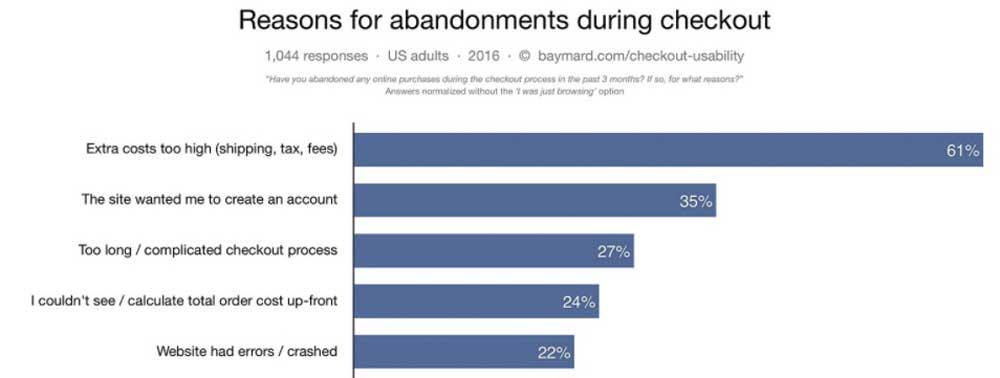
One of the most significant barriers that prevent leads from converting is the conversion process itself.
The more obstacles consumers face on their journey, the more they’re unwilling to go through with it.
Many websites usually miss this little fact while focusing on other aspects. Therefore, here are a few things to consider when you optimise your website for conversions:
- Remove the obstacles and inconveniences that can hinder your conversion process.
- Ensure that the journey from browsing to purchasing is just a few clicks or taps away.
- Improve the checkout process.
- Disclose any relevant information before the checkout process (i.e., consumers find that shipping fees are too high or that there’s no free shipping when they’re ready to buy.)
- Enable self-service features.
- Allow consumers to interact with your website via multiple channels.
- Have clear and well-designed CTA buttons.
- Create a sense of urgency to invoke the FOMO (Fear of Missing Out) effect on consumers.
Optimising a website is of vital importance these days. The online market is a highly competitive landscape, making it all the more difficult to succeed, especially for new businesses or websites.
However, with proper optimisation, your website will be able to stand out and stand tall in the ocean of websites.
